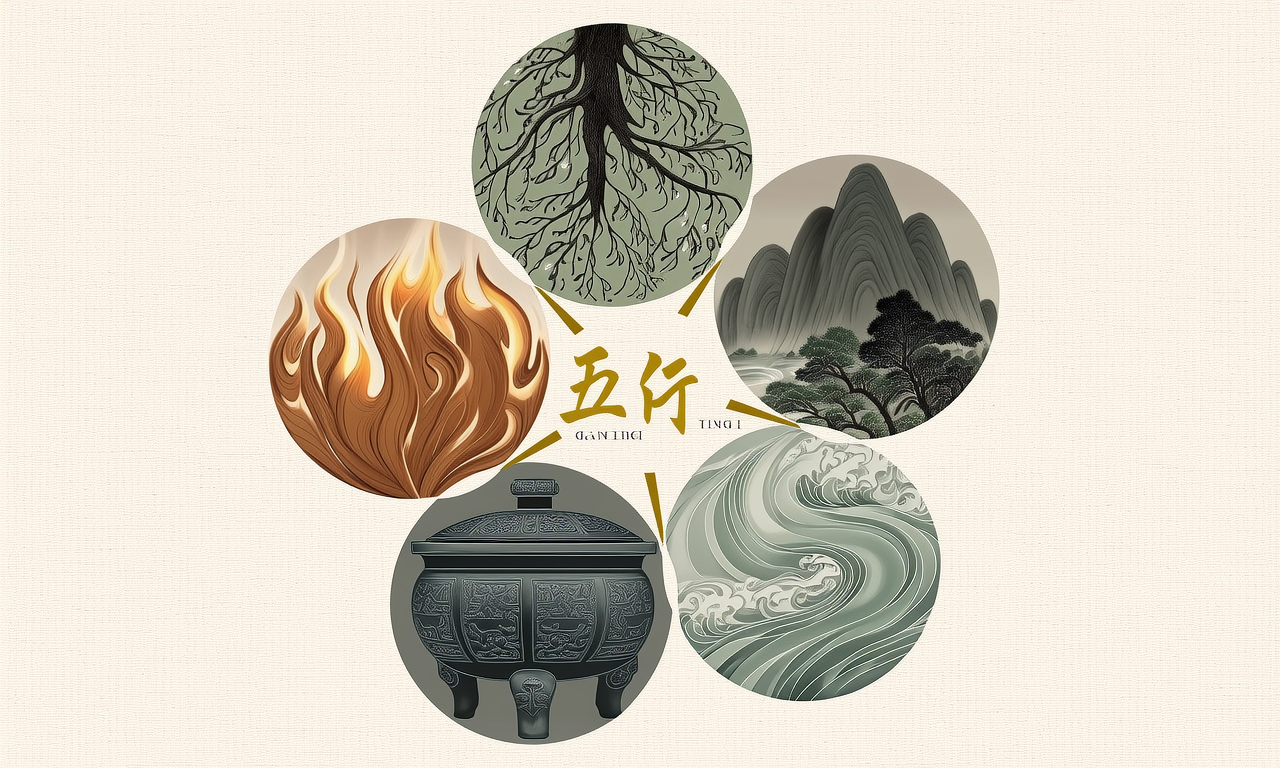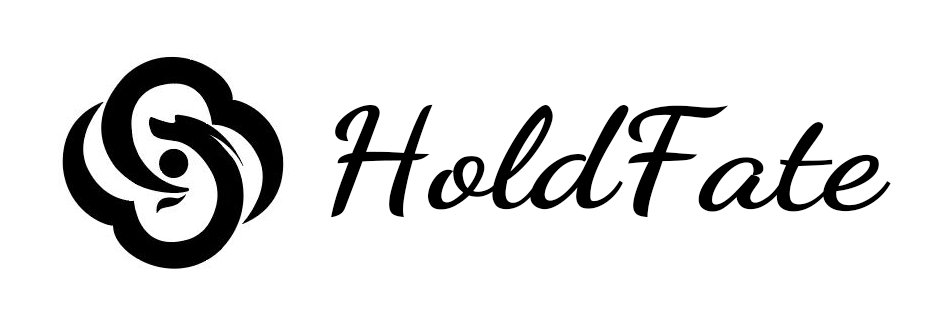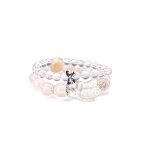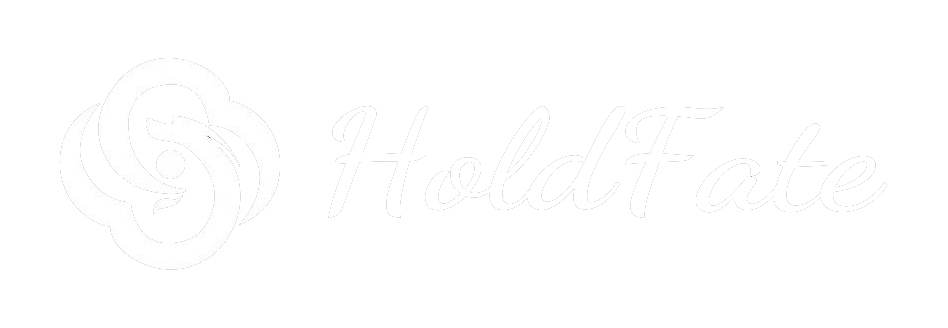Subtotal: $179.99
What are the Five Elements theory?
Thread Source: Triple Harmony Bracelet
You know, when I first learned about the Triple Harmony Bracelet and how it ties into ancient Chinese traditions, I was struck by how deeply the Five Elements theory—or Wu Xing, as it’s called—shapes everything from zodiac pairings to daily life. Honestly, it’s not just some mystical mumbo-jumbo; this philosophy has roots dating back over 2,000 years to texts like the “I Ching” (Book of Changes), and it’s fascinating how it explains the natural world through five core elements: wood, fire, earth, metal, and water. Think about it—wood fuels fire, fire creates ash (earth), earth bears metal, metal condenses water, and water nourishes wood in a never-ending cycle of mutual generation. But then, there’s the flip side: mutual restriction, like water dousing fire or metal cutting wood. It’s kinda mind-blowing how this simple framework applies to health, relationships, and even ornaments like the Triple Harmony Bracelet, where zodiac signs harmonize based on these elemental interactions. For instance, in the “Shen, Zi, Chen” combo (Monkey, Rat, Dragon), wood elements dominate, symbolizing growth and collaboration—no wonder it’s said to boost luck!

What exactly is the Five Elements theory?
Diving deeper, the Five Elements theory isn’t just a list of substances; it’s a dynamic system that maps onto everything in the universe. Originating from Daoist philosophy around the Warring States period (475–221 BCE), it was formalized in texts like Huangdi Neijing (The Yellow Emperor’s Classic of Medicine), which still influences practices today—take acupuncture, where wood represents the liver and governs flexibility, while fire ties to the heart and passion. Data from modern studies, like those in the Journal of Ethnopharmacology, show how this model predicts imbalances; for example, excess “fire” might cause inflammation, treated by boosting “water” elements. But here’s the kicker: it’s not rigid. Elements interact fluidly, creating harmony or conflict. In the Triple Harmony Bracelet, this plays out beautifully—zodiac signs like Rat (water) and Monkey (metal) generate synergy because metal enriches water, fostering that “open and aboveboard cooperation” the bracelet symbolizes. Why does this matter? Well, in a world full of stress, wearing such a piece can subtly remind us of nature’s balance, even if it sounds a bit whimsical at first glance.
How does this theory connect to real-world applications?
Beyond bracelets, the Five Elements theory permeates Chinese culture in ways you might not expect—I mean, it’s in feng shui for home layouts, where earth elements stabilize a space, or in traditional festivals like the Lunar New Year, where fire rituals ward off bad luck. Case in point: the Triple Harmony Bracelet’s design, based on zodiac groupings like “Hai, Mao, Wei” (Pig, Rabbit, Sheep), relies on earth and wood elements to imply prosperity. Statistics from cultural surveys indicate that over 60% of people in East Asia incorporate such beliefs into wellness routines, citing reduced anxiety. But let’s be real—it’s not foolproof. Critics argue it’s pseudoscience, yet millions find comfort in its symbolism. Personally, I think that’s the beauty: it encourages mindfulness of interconnectedness, much like how choosing a bracelet material (say, white crystal for purity) aligns with metal elements to enhance personal energy. So, while the theory might seem abstract, its role in artifacts like this bracelet makes it tangible, weaving ancient wisdom into modern life.




 Please wait…
Please wait…